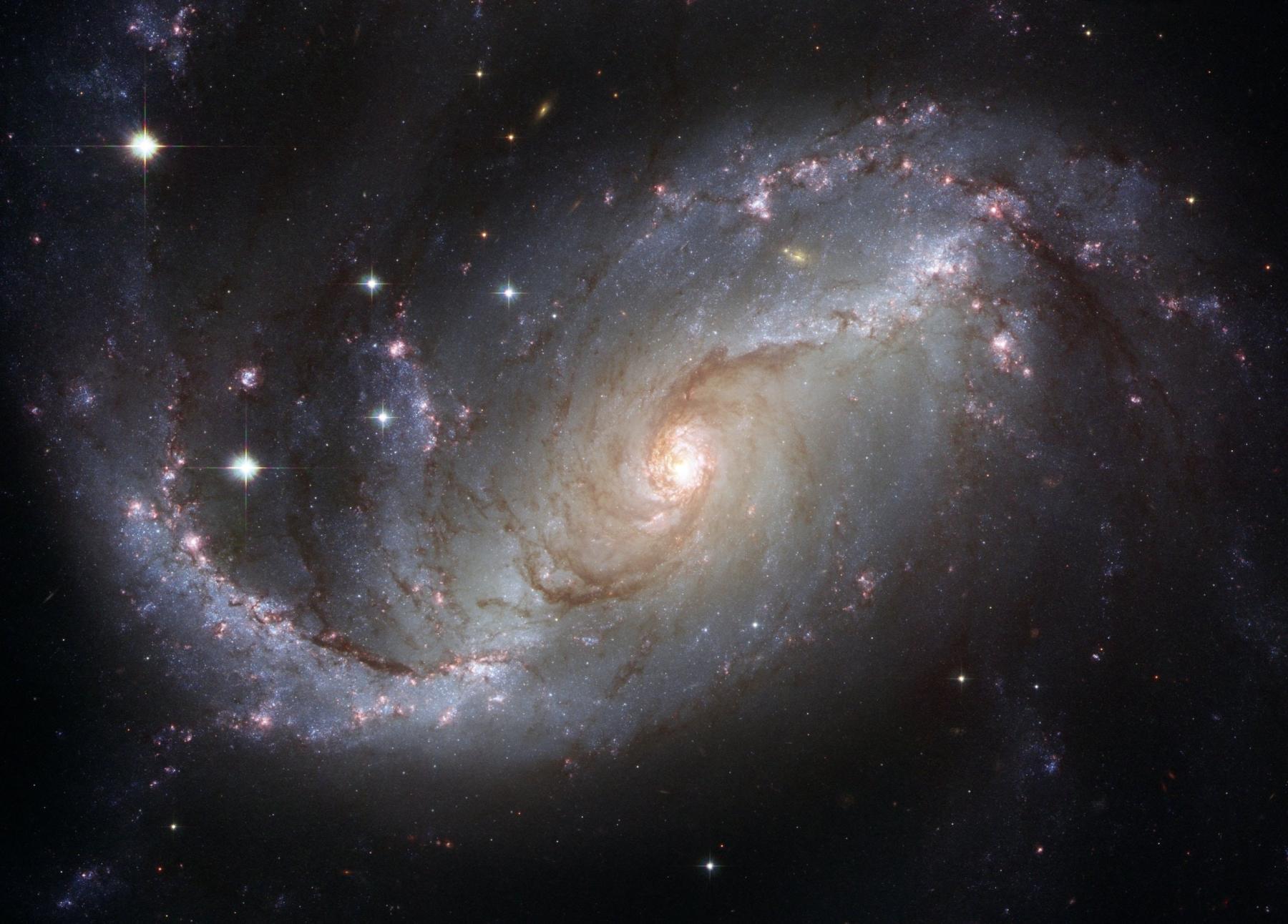
How Much Space?
by Hannah McKolay
I use this lesson as a fun activity to visualize unit conversions and the immense scale of the universe. I love this lesson because I find it challenging to teach unit conversions with hands-on applications (other than standard measurement activities, of course!). It also allows us to get outside, which I try to do as much as possible!
Lesson Plan Link/URL
https://docs.google.com/presentation/d/1mCEAev0NXVvNnO9PH_8kfKX44tj5gX2I/edit?u…Subject Area
Earth and Space Science E2: Earth & the Universe Technology 3. Knowledge Constructor 5. Computational Thinker Mathematics Operations and Algebraic Thinking (OA) Measurement and Data (MD) Ratio and Proportion (RP) English Language Arts (ELA) Reading (Informational Text)
Featured
Off
Related Content

Grades:
6th Grade, 7th Grade, 8th Grade, 9th Grade, 10th Grade, 11th Grade, 12th Grade
This lesson is an activity to see what an angle is and how is can be used to approximate the time of day or even navigating vessels by measuring other celestial bodies. Students will use sextants to


Grades:
3rd Grade, 4th Grade, 5th Grade, 6th Grade, 7th Grade, 8th Grade, 9th Grade, 10th Grade, 11th Grade, 12th Grade
In this engaging lesson, students explore how size, strength, weight and time constraints can impact space transportation. There are a variety of resources included with this lesson.

